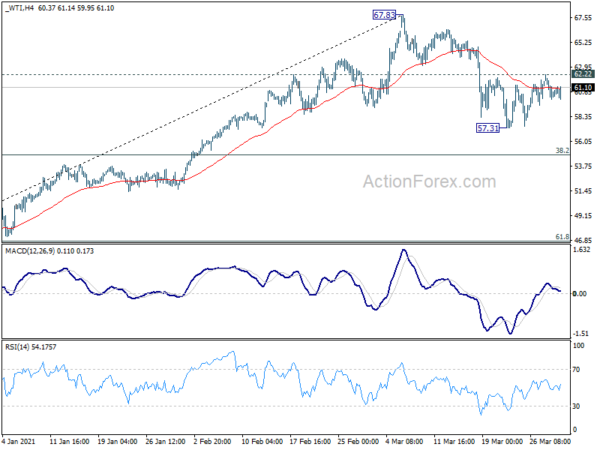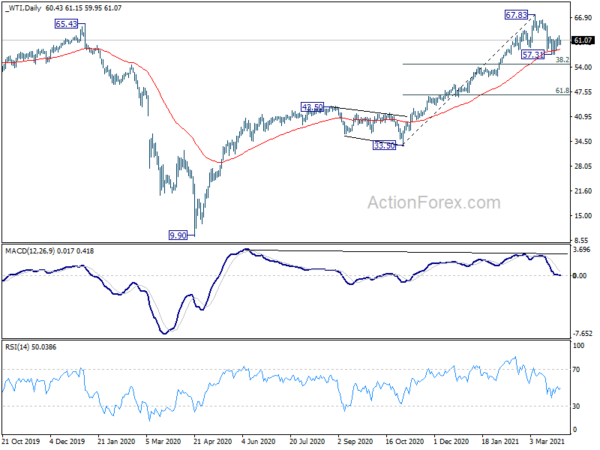Canada GDP grew 0.7% mom in January, above expectation of 0.5% mom. That’s the ninth consecutive monthly increase. Yet, total economic activity remained about -3% below February 2020 level, before the pandemic. Good-producing industries were up 1.5% mom while services-producing industries were up 0.4% mom. 20 industrial sectors were nearly evenly split between expansions and contractions.
Preliminary information suggests an approximate 0.5% increase in real GDP for February. Retail trade, construction, and real estate and rental and leasing all contributed to the growth, while manufacturing offset some of the increase.




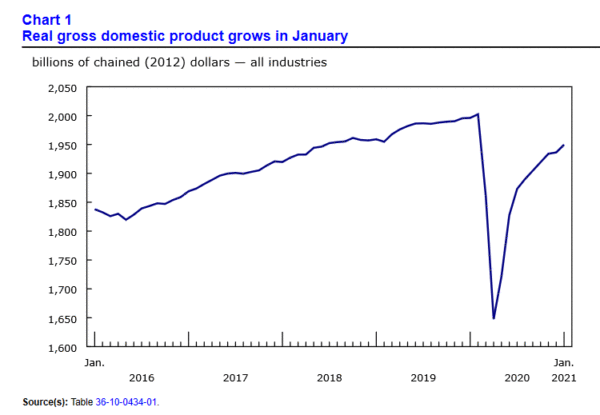
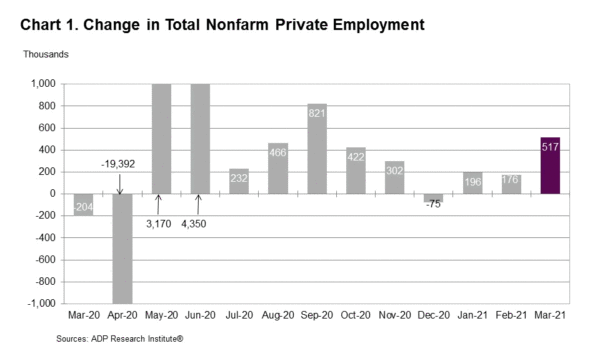
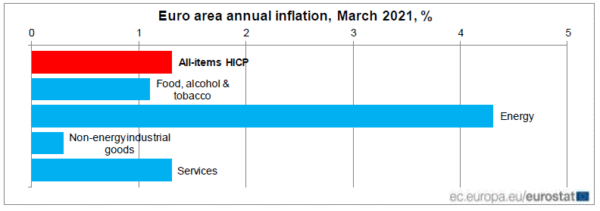
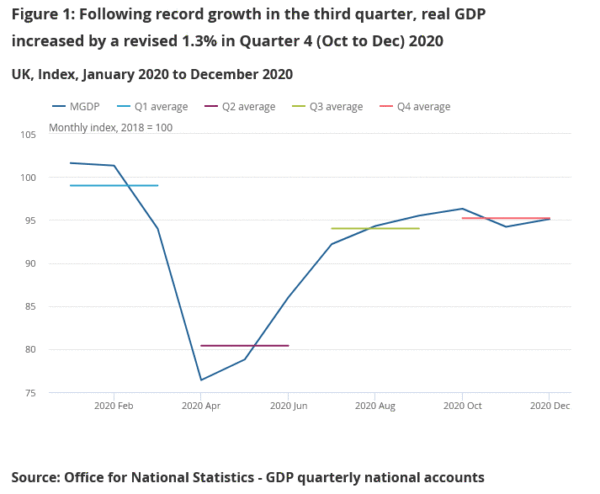
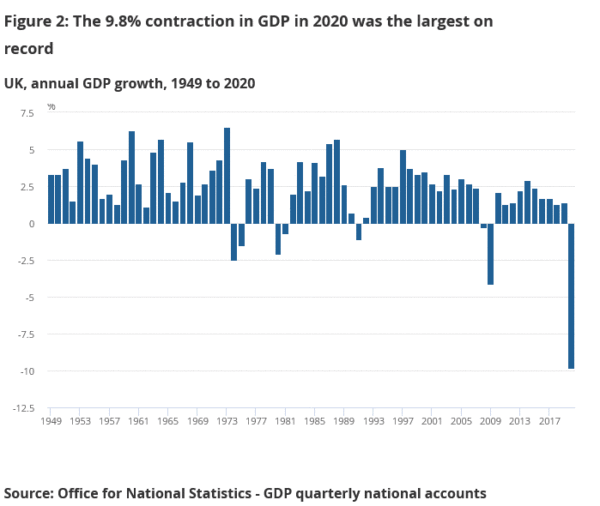
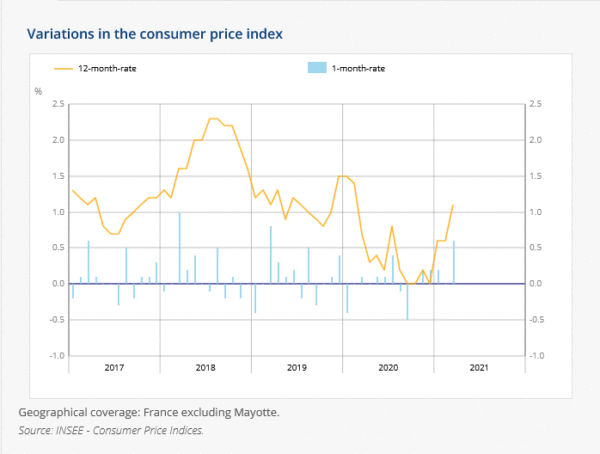
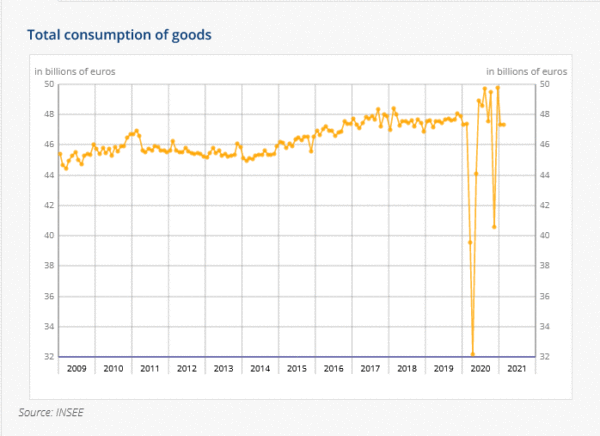
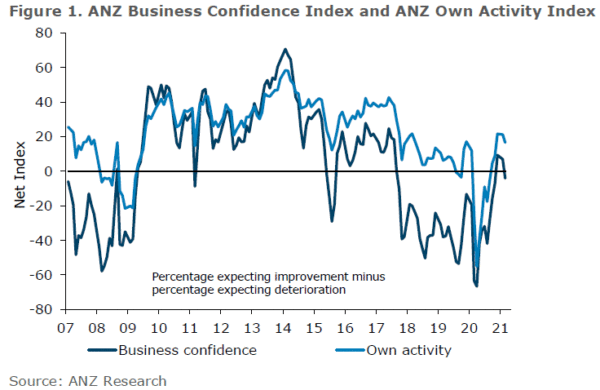
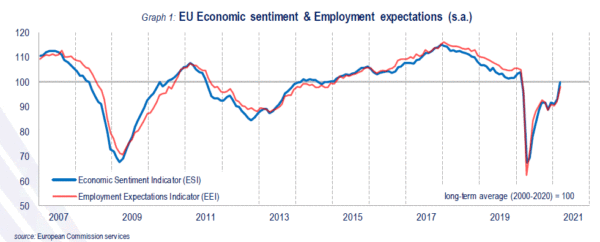
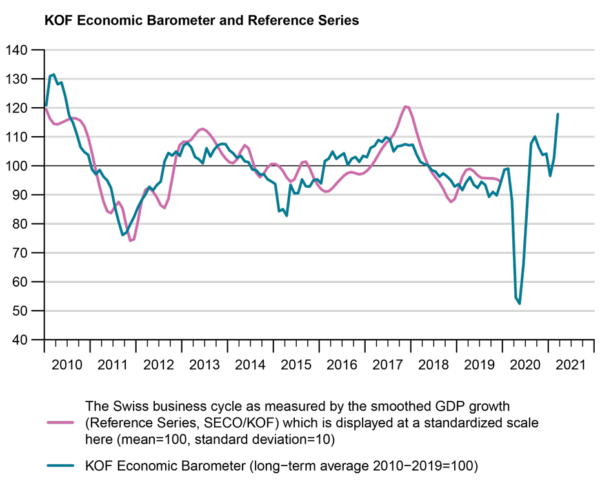
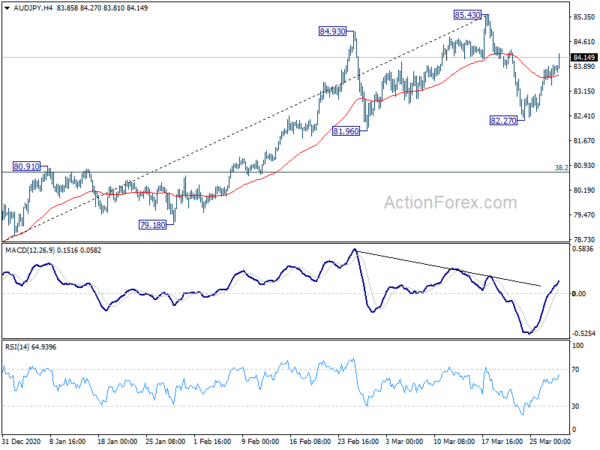
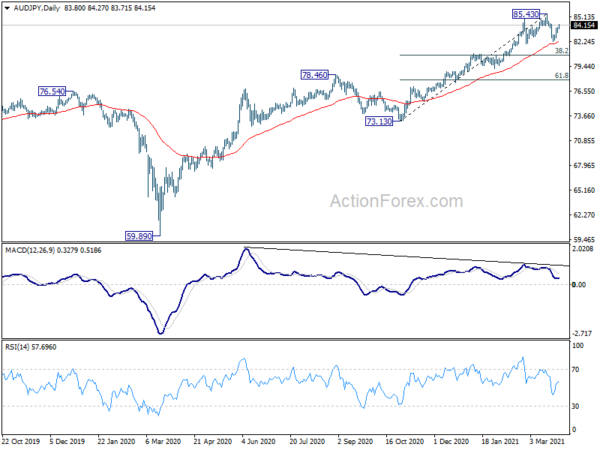
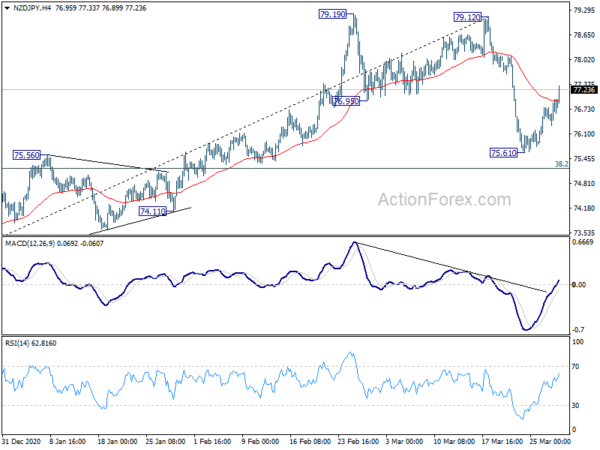
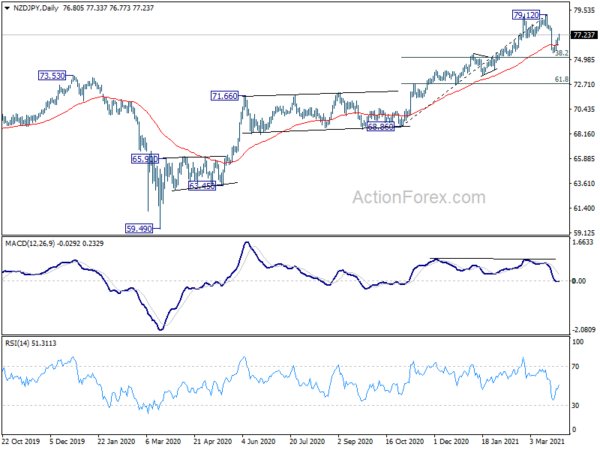
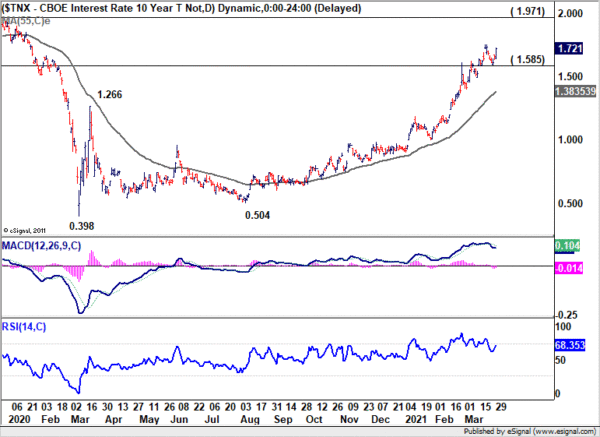
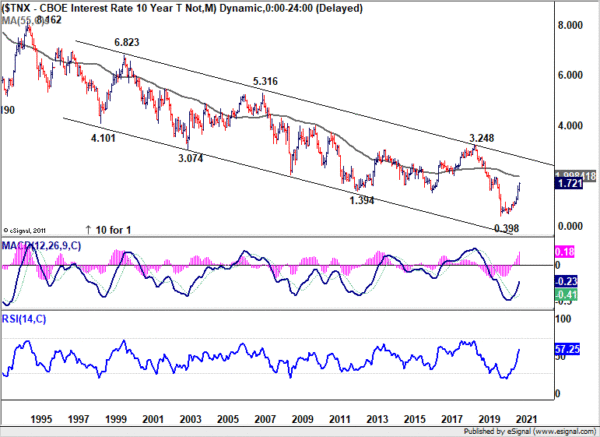
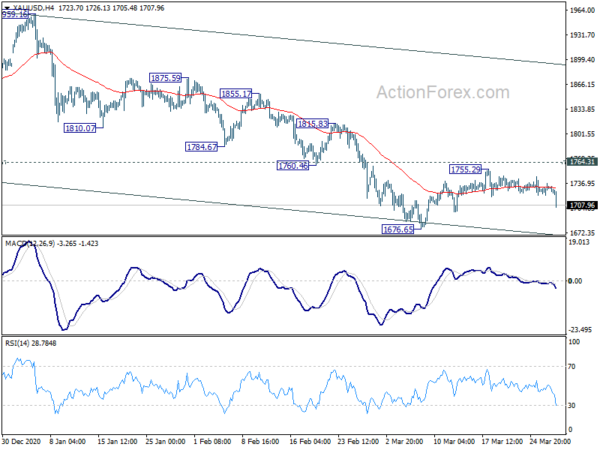
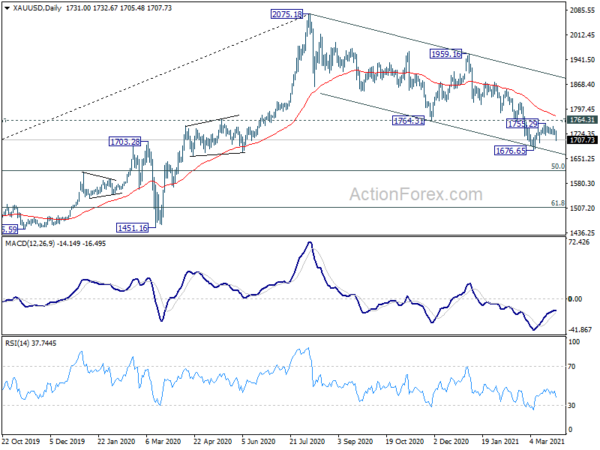
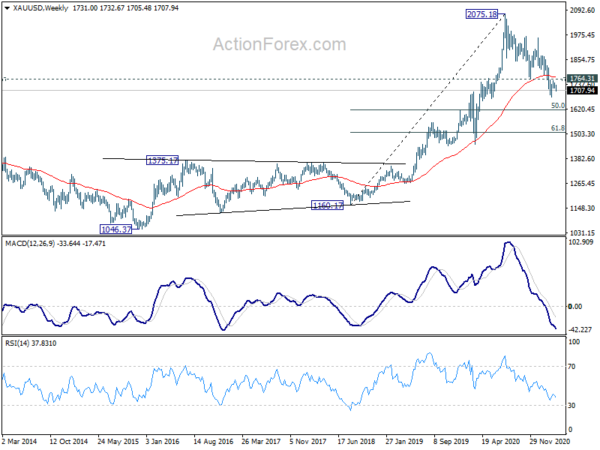
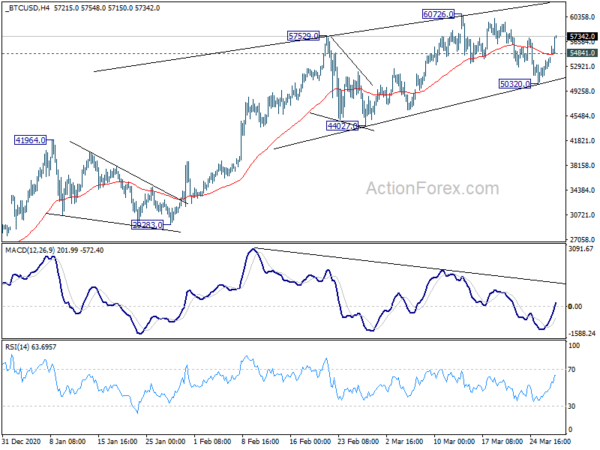
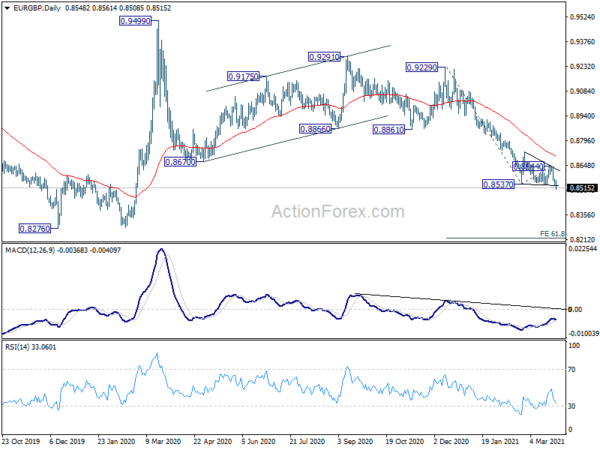
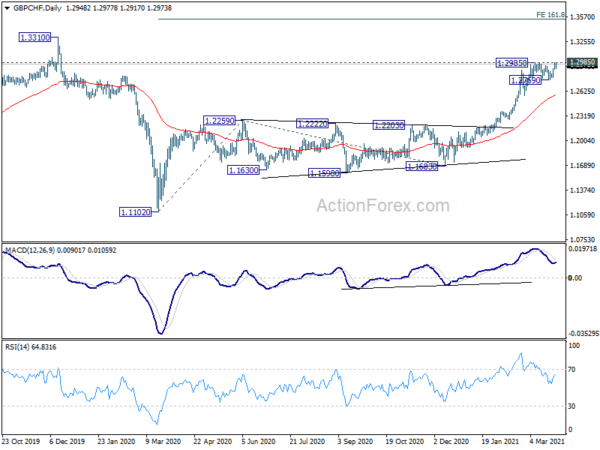

US oil inventory dropped -0.9m barrels, WTI struggles to extend rebound
US commercial crude oil inventories dropped -0.9m barrels in the week ending March 26, versus expectation of -1.3m. At 501.8m barrels, oil inventories are about 6% above the five year average for this time of year. Gasoline inventories dropped -1.7m barrels. Distillate rose 2.5m barrels. Propane/propylene dropped -2.0m barrels. Commercial petroleum inventories dropped -1.3m barrels.
WTI crude oil is still struggling in established range above 57.31. While it’s drawing some support from 55 day EMA, it’s struggling to extend the rebound form 57.31. Focus is now on 62.22 resistance. Firm break there will indicate completion of the correction from 67.83, and bring retest of this high.
Nevertheless, sustained break of the 55 day EMA will indicate that WTI is in a medium term correction. Deeper fall should be seen to 38.2% retracement of 33.50 to 67.83 at 54.71 at least, before the correction completes..